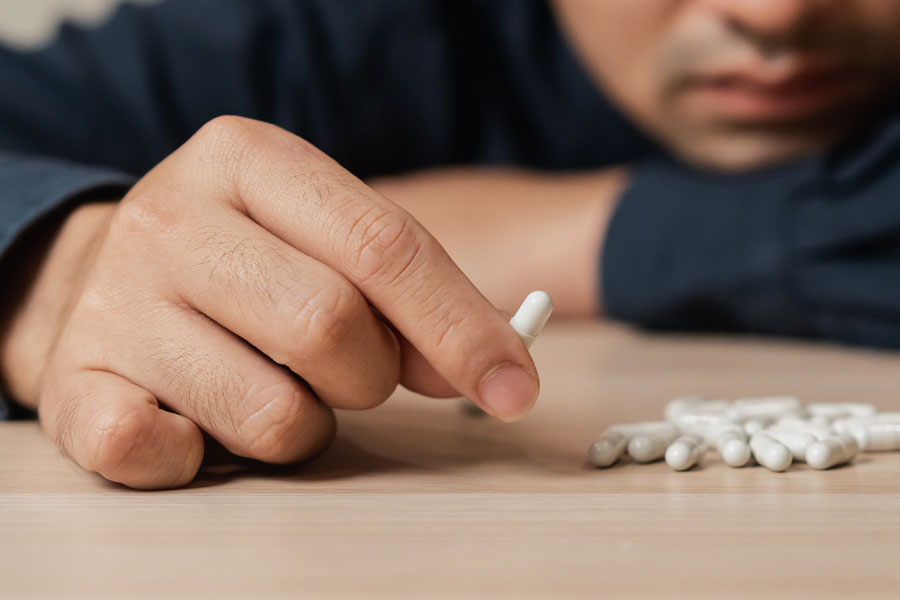Post-Traumatic Stress Disorder

Post-Traumatic Stress Disorder
Understanding Post-Traumatic Stress Disorder: Symptoms and Treatment

Individuals who have been involved in or have witnessed a traumatic event such as a natural disaster, serious accident, or violent assault will undoubtedly experience some uncomfortable emotions in the aftermath. Experiencing fear during a traumatic situation is natural. Fear triggers the body’s natural “fight-or-flight” instinct, which helps it either steer clear of or defend itself from danger. However, when those feelings fail to go away after a while and seem to grow into more severe symptoms, that person may be diagnosed with Post-Traumatic Stress Disorder (PTSD).
People who have been diagnosed with PTSD experience stress and fear even when they are not in danger. Individuals who have not been through a dangerous event, but have been in a situation such as the unexpected death of a loved one, can also develop PTSD. Feelings such as shock, anger, fear, and nervousness are common reactions that people typically experience and will typically go away over time. For individuals with PTSD, symptoms will worsen and prevent them from functioning normally in everyday life.
Symptoms of PTSD
Symptoms of PTSD usually begin within three months of the traumatic event. It is possible for symptoms to develop years later, however. The severity and duration of the disorder vary for each person. While some people may recover within six months, others have symptoms for much longer. This is when the condition becomes chronic.
PTSD symptoms fall into four main categories that can range in intensity.
- Intrusive Thoughts / Reliving. Individuals with PTSD may repeatedly relive the unpleasant experience over and over again through dreams, hallucinations, or flashbacks. These intrusive thoughts may be so vivid it feels like they are going through the ordeal once more.
- Avoidance. People with PTSD may go out of their way to avoid reminders of the event including certain people, places, objects, situations, or activities. Avoidance symptoms usually result in individuals changing their personal routine in order to avoid triggering uncomfortable symptoms.
- Reactivity and Arousal. These types of symptoms are usually consistent and can make people feel angry or stressed out. People experiencing arousal and reactivity symptoms may be irritable and have frequent outbursts. They may display self-destructive behaviors and have trouble sleeping or concentrating.
- Negative Thoughts and Mood: Negative thoughts and mood symptoms can begin or increase after a traumatic event and make the person feel detached from those around them. These cognition symptoms cause individuals to think badly of themselves and the world around them. They could also lose interest in enjoyable activities or have distorted feelings of guilt.

PTSD and Substance Abuse
Research from Time Magazine found that in 2012, about 50-66 percent of those who suffer from PTSD are simultaneously battling addiction and vice versa. Alcohol and drugs may provide temporary relief from symptoms or help an individual avoid painful memories. As the substances wear off, PTSD symptoms are often worsened. On the other hand, drugs and alcohol can affect decision-making abilities and increase dangerous behaviors, putting the individual at a higher risk of suffering trauma. Similar to other co-occurring disorders, PTSD can make treatment for a substance abuse disorder more complex, and the reverse is also true.
Treatment for PTSD
When substance abuse co-occurs with PTSD, it’s critical to treat both disorders simultaneously with a co-occurring disorder approach. PTSD can increase the severity of withdrawal symptoms, so a professional detox is required. After the initial detox period, individuals can progress through the next stages of treatment and regain control of their life. Different therapy methods can be used to treat PTSD including Cognitive Behavioral Therapy, Process Groups, and Person-Centered Therapy. Contact us today for more information on treatment for addiction and PTSD.
